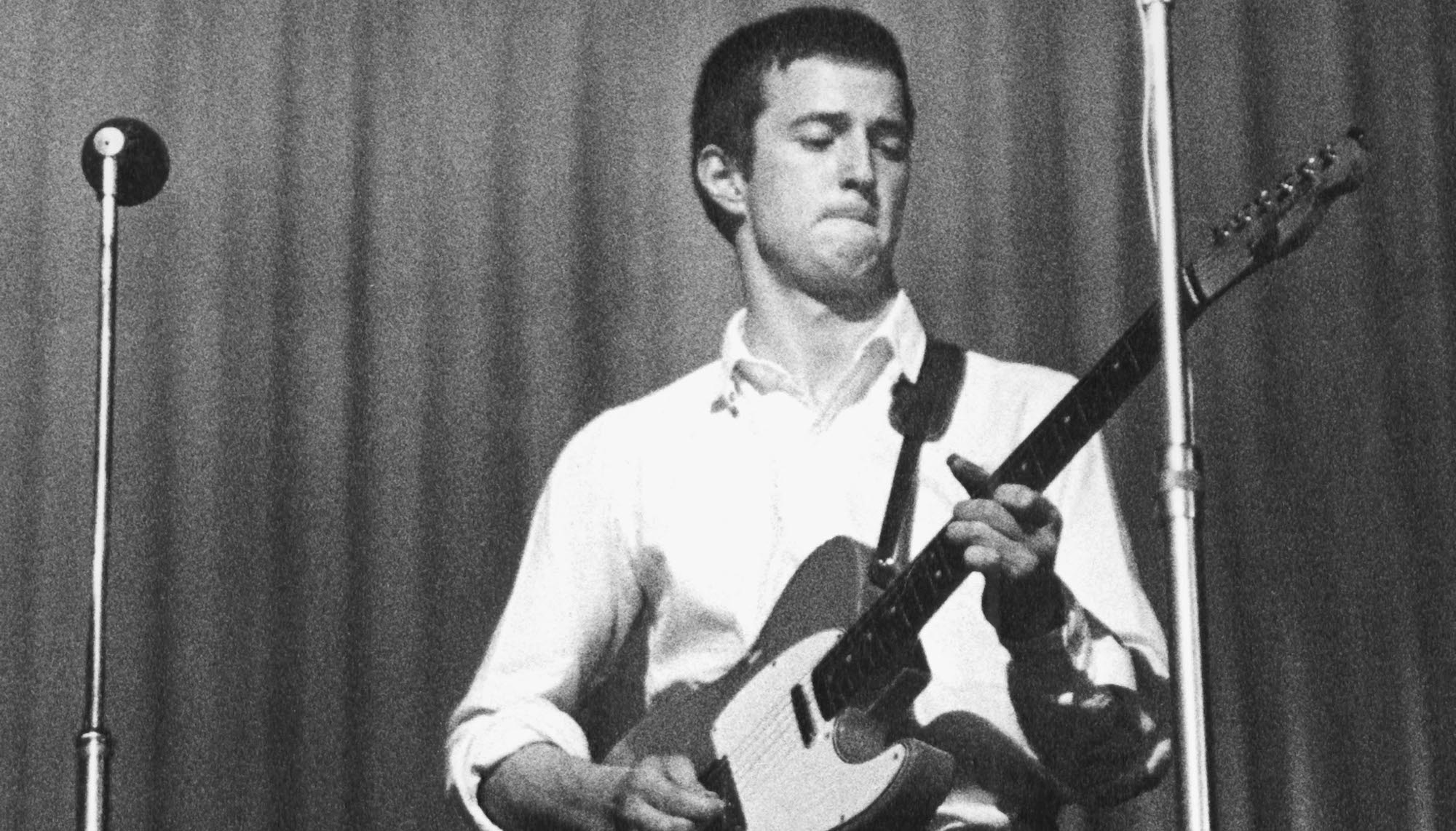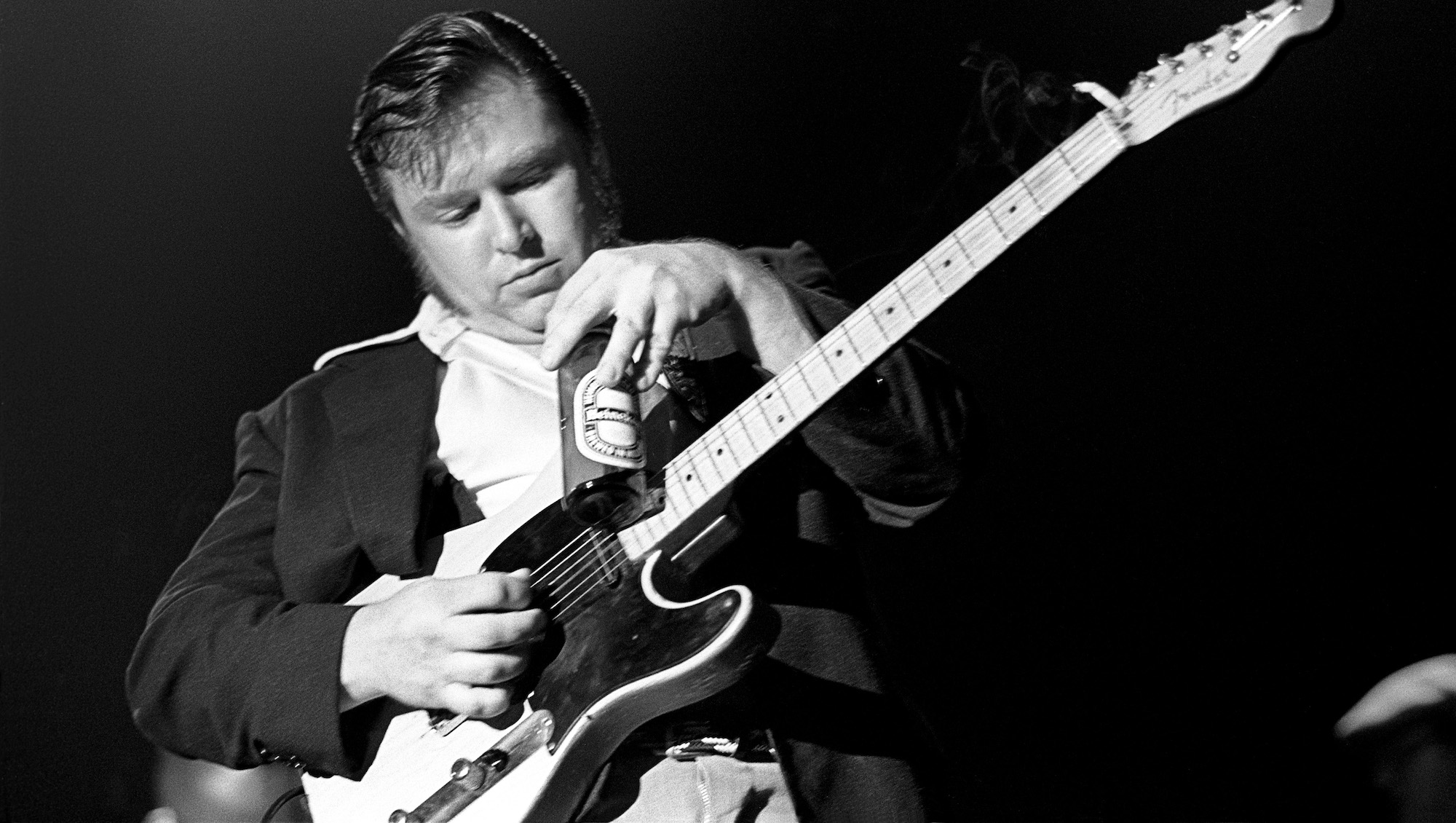Science of Speed: Why Are Some Guitarists Super-Powered?

Why are some players seemingly super-powered when it comes to speed?
Of course, the internet loves to argue about musicality versus technique.
But when you put down the pitchforks, I think everyone would like more ability. Not just in terms of going for a super fast and technical aesthetic, but in terms of expanding our comfort zone.
We all have off days. But some players seem to have such an excess of athleticism that even at their worst, they’re doing things that would qualify as peak performance for the rest of us. Were they just born faster? Or are they doing something the rest of us can learn from? That’s an exciting question.
We went out and got John Taylor—the last person to hold the Guinness World Record for fastest guitarist—and brought him to the Movement Biomechanics Laboratory at University of North Carolina Raleigh-Durham. They rigged him up to their $20,000 wireless EMG machine and let him loose on his fastest tremolo playing while recording the output.
His warmup was tremolo playing at 330 bpm for sets of 30, 45 and 60 seconds. There’s a clip of this in the trailer below; it’s amazing to watch.
Alongside this, we visited the Flight Lab at the University of Montana, Missoula, where they study hummingbird flight. Hummingbird wing flaps are the fastest individually activated muscle movements in the animal kingdom. It’s the equivalent of a human guitarist playing between 80 and 150 notes per second.
Get The Pick Newsletter
All the latest guitar news, interviews, lessons, reviews, deals and more, direct to your inbox!
We bounced some theories off the lab's director, Bret Tobalske. Not only is he an expert on fast muscle movements, but he’s a guitarist and rock fan who used to work concert security at metal shows in the Eighties. It was a great conversation.
The researchers are still analyzing John's data, so we don’t know yet precisely what every muscle in his forearm is doing—but we have some ideas.
We’ll be back with a piece for Guitar World when we find out more.
Troy Grady is the creator of Cracking the Code, a documentary series with a unique analytical approach to understanding guitar technique. Melding archival footage, in-depth interviews, painstakingly crafted animation and custom soundtrack, it’s a pop-science investigation of an age-old mystery: Why are some players seemingly super-powered?
Troy Grady is the creator of Cracking the Code, a documentary series with a unique analytical approach to understanding guitar technique. Melding archival footage, in-depth interviews, painstakingly crafted animation and custom soundtrack, it’s a pop-science investigation of an age-old mystery: Why are some players seemingly super-powered?
“I suppose I felt that I deserved it for the amount of seriousness that I’d put into it. My head was huge!” “Clapton is God” graffiti made him a guitar legend when he was barely 20 – he says he was far from uncomfortable with the adulation at the time
“I was in a frenzy about it being trapped and burnt up. I knew I'd never be able to replace it”: After being pulled from the wreckage of a car crash, John Sykes ran back to his burning vehicle to save his beloved '76 Les Paul









